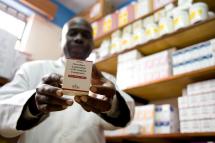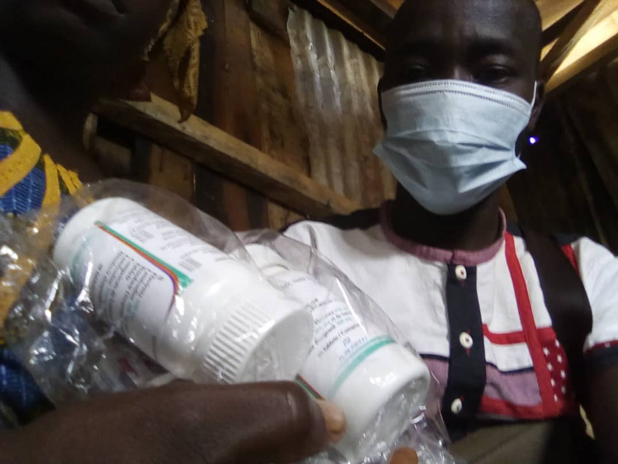New research conducted by the Johns Hopkins Bloomberg School of Public Health Center for Communication Programs (JHU∙CCP) examines the role that communication science can play in supporting treatment-as-prevention in each stage of the HIV care process. The findings are presented in a paper published in the Journal of Therapy and Management in HIV Infection.
Treatment-as-prevention is the notion that treating HIV positive individuals with antiretroviral (ARV) drugs dramatically reduces their infectiousness and can have significant effects at the population-level. Health professionals are embracing the idea as a promising approach to end the HIV epidemic.
JHU∙CCP researchers point out that realizing the full potential of treatment-as-prevention requires ARV treatment in the largest possible proportion of HIV infected individuals, an effort that demands perseverance throughout every level of what they call the “cascade of HIV care”.
They explain that infected individuals must first be identified through testing and then receive care. They must then be treated with ARVs and adhere to the greatest possible extent, while adapting to side effects. Impediments exist at every step in the process.
In the context of the AIDS epidemic, communication is an essential part of any comprehensive program. Before individuals and communities can reduce their level of risk or change their behavior, they must first understand basic facts about HIV/AIDS, adopt key attitudes, learn the necessary skills to reduce risk of exposure and be given access to appropriate products and services. Meanwhile, they must be persuaded to get tested, remain in care and adhere to ARV regimens. JHU∙CCP researchers suggest that communication is relevant at all stages in the continuum.
“We urge the public health community to think about treatment-as-prevention not as the magic bullet for prevention, but rather as a key strategy that, when combined with sound communication practices, can play a significant role in reducing new infections,” comments Rupali Limaye, PhD, Director of JHU∙CCP’s HIV/AIDS Global Program and lead author of the article.
Additional authors of the article include Jeffrey B. Bingenheimer, Rajiv N. Rimal, Susan Krenn and Claudia Vondrasek.
Read Treatment-as-Prevention in AIDS Control: Why Communication Still Matters.




